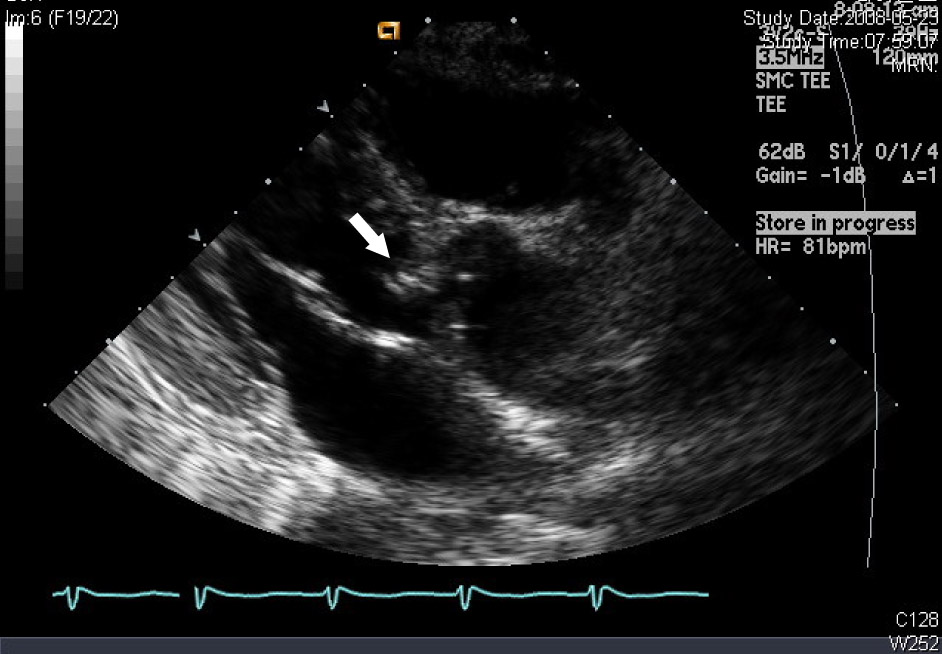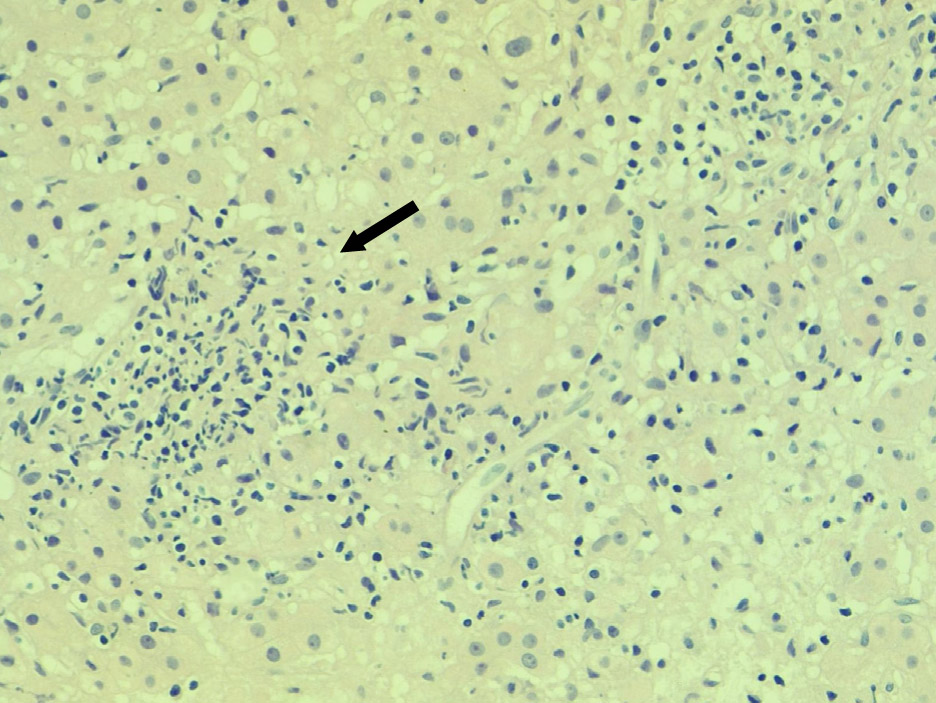Infect Chemother.
2009 Jun;41(3):199-204. 10.3947/ic.2009.41.3.199.
Two Cases of Q Fever Endocarditis
- Affiliations
-
- 1Division of infectious Disease, Department of Medicine, Samsung Medical Center, Sungkyunkwan University School of Medicine, Seoul, Korea. krpeck@skku.edu
- 2Division of Zoonoses, Center for Immunology & Pathology, Korean National Institute for Health, Korean Center for Disease Control and Prevention, Seoul, Korea.
- KMID: 1782325
- DOI: http://doi.org/10.3947/ic.2009.41.3.199
Abstract
- Q fever is a zoonosis caused by Coxiella burnetii, presenting as acute and chronic illness and it has been reported worldwide. Acute Q fever is usually asymptomatic or mild and self-limiting, but infective endocarditis is one of the most serious complications of chronic Q fever and can be fatal. Known risk factors for Q fever endocarditis are valvular heart disease, immunocompromised hosts, and pregnancy. There have been some reports on Q fever in Korea but there exists no report on Q fever endocarditis. We have experienced 2 cases of Q fever with underlying valvular heart disease; both patients came to the hospital for evaluation of prolonged fever. Although Q fever and Q fever endocarditis are rare in Korea, Q fever endocarditis should be considered in the differential diagnosis of patient with infective endocarditis when causative microorganism cannot be identified.
Keyword
MeSH Terms
Figure
Reference
-
1. Maurin M, Raoult D. Q fever. Clin Microbiol Rev. 1999. 12:518–553.
Article2. Shin YJ, Yoo NC, Choi W, Yang DG, Lee HL, Cheon SH, Chang J, Kim SK, Lee WY. A case of Q fever. Korean J Med. 1992. 42:690–698.3. Heo ST, Park MY, Choi YS, Oh WS, Ko KS, Peck KR, Song JH. Q fever as a cause of fever of unknown origin. Korean J Med. 2008. 74:100–105.4. An SJ, Koo JW, Chung CY, Lee WY. A case of Q fever: person-to-person transmission. J Korean Pediatr Soc. 1998. 41:120–124.5. Kim KS, Lee WY. Coxiella burnetii infection in patients with various diseases. J Korean Pediatr Soc. 1994. 37:356–367.6. Park HS, Lee EG, Lee SY, Lyu CJ, Son YM, Kim DS, Kim KY, Lee WY. A case of Q fever: associated with pancytopenia, hepatitis, and myocarditis. Korean J Infect Dis. 1992. 24:45–54.7. Park MS, Park MY, Shin YO. Distribution of antibidies to Coxiella burnetii in patients with unknown fever and atypical pneumonia. J Bacteriol Virol. 2003. 33:307–315.8. Tissot-Dupont H, Raoult D. Q Fever. Infect Dis Clin North Am. 2008. 22:505–514.
Article9. Raoult D, Marrie T, Mege J. Natural history and pathophysiology of Q fever. Lancet Infect Dis. 2005. 5:219–226.
Article10. Hartzell JD, Wood-Morris RN, Martinez LJ, Trotta RF. Q fever: epidemiology, diagnosis, and treatment. Mayo Clin Proc. 2008. 83:574–579.
Article11. Kim WJ, Hahn TW, Kim DY, Lee MG, Jung KS, Ogawa M, Kishimoto T, Lee ME, Lee SJ. Seroprevalence of Coxiella burnetii infection in dairy cattle and non-symptomatic people for routine health screening in Korea. J Korean Med Sci. 2006. 21:823–826.
Article12. Calza L, Attard L, Manfredi R, Chiodo F. Doxycycline and chloroquine as treatment for chronic Q fever endocarditis. J Infect. 2002. 45:127–129.
Article13. Raoult D, Houpikian P, Tissot Dupont H, Riss JM, Arditi-Djiane J, Brouqui P. Treatment of Q fever endocarditis: comparison of 2 regimens containing doxycycline and ofloxacin or hydroxychloroquine. Arch Intern Med. 1999. 159:167–173.14. Botelho-Nevers E, Fournier PE, Richet H, Fenollar F, Lepidi H, Foucault C, Branchereau A, Piquet P, Maurin M, Raoult D. Coxiella burnetii infection of aortic aneurysms or vascular grafts: report of 30 new cases and evaluation of outcome. Eur J Clin Microbiol Infect Dis. 2007. 26:635–640.
Article15. Fournier PE, Casalta JP, Piquet P, Tournigand P, Branchereau A, Raoult D. Coxiella burnetii infection of aneurysms or vascular grafts: report of seven cases and review. Clin Infect Dis. 1998. 26:116–121.
Article
- Full Text Links
- Actions
-
Cited
- CITED
-
- Close
- Share
- Similar articles
-
- A Case of Clostridium Perfringens Endocarditis
- Use of a Valved-Conduit for Exclusion of the Infected Portion in the Prosthetic Pulmonary Valve Endocarditis
- Infective Endocarditis and Phlebotomies May Have Killed Mozart
- Isolated Native Valve Endocarditis on Tricuspid Valve: A Case Report
- Drug Fever in an Elderly Patient After Pacemaker Implantation




